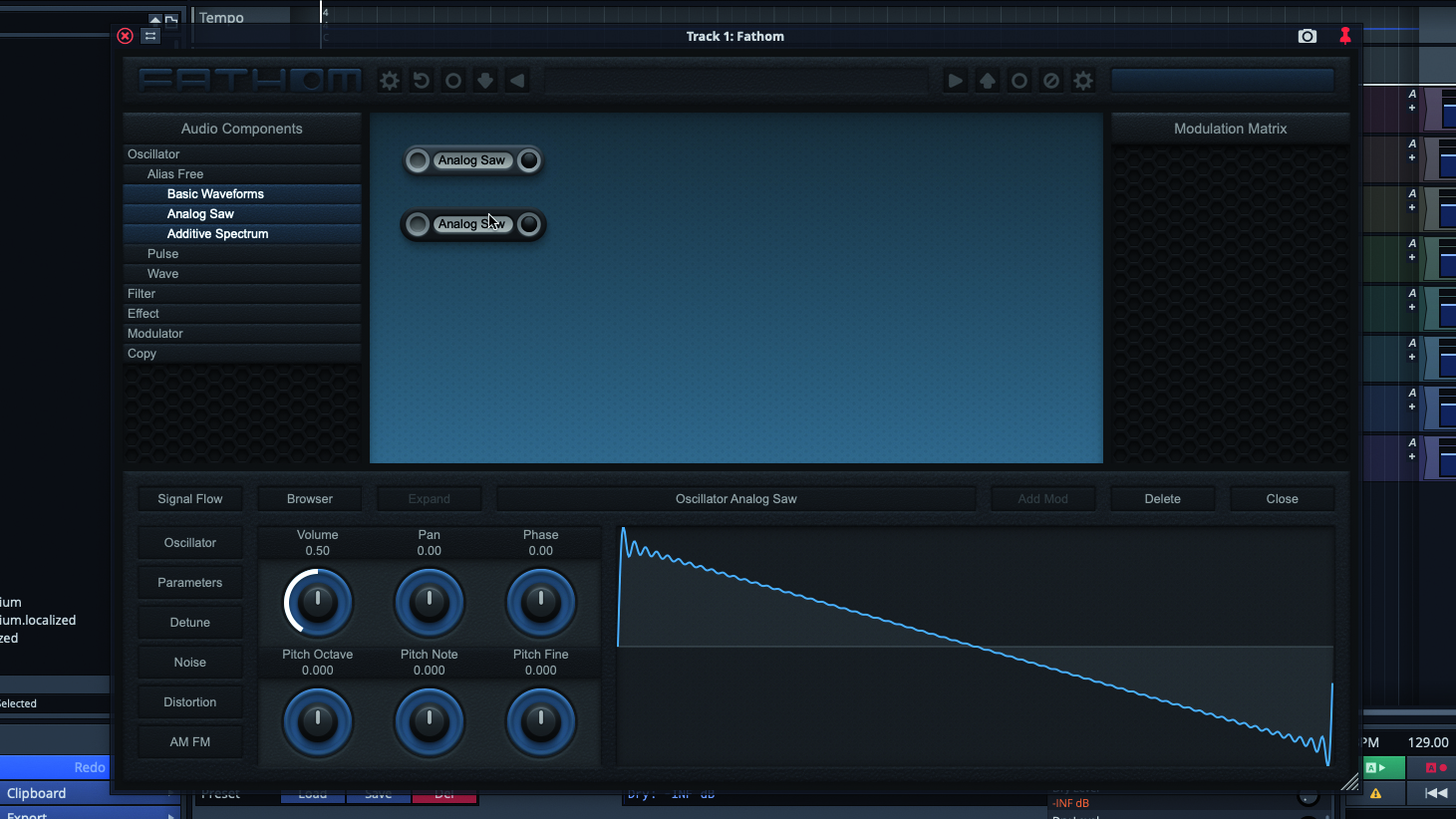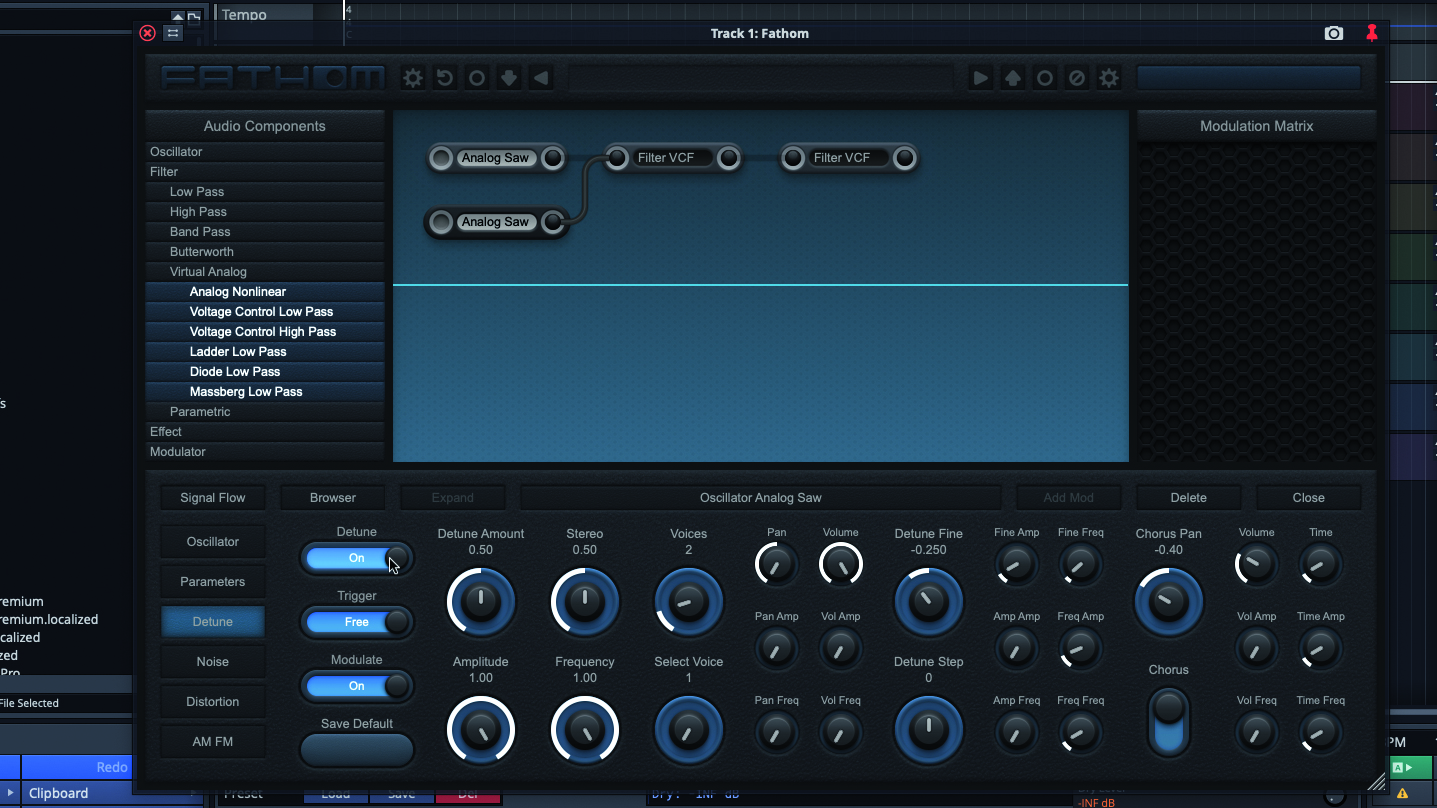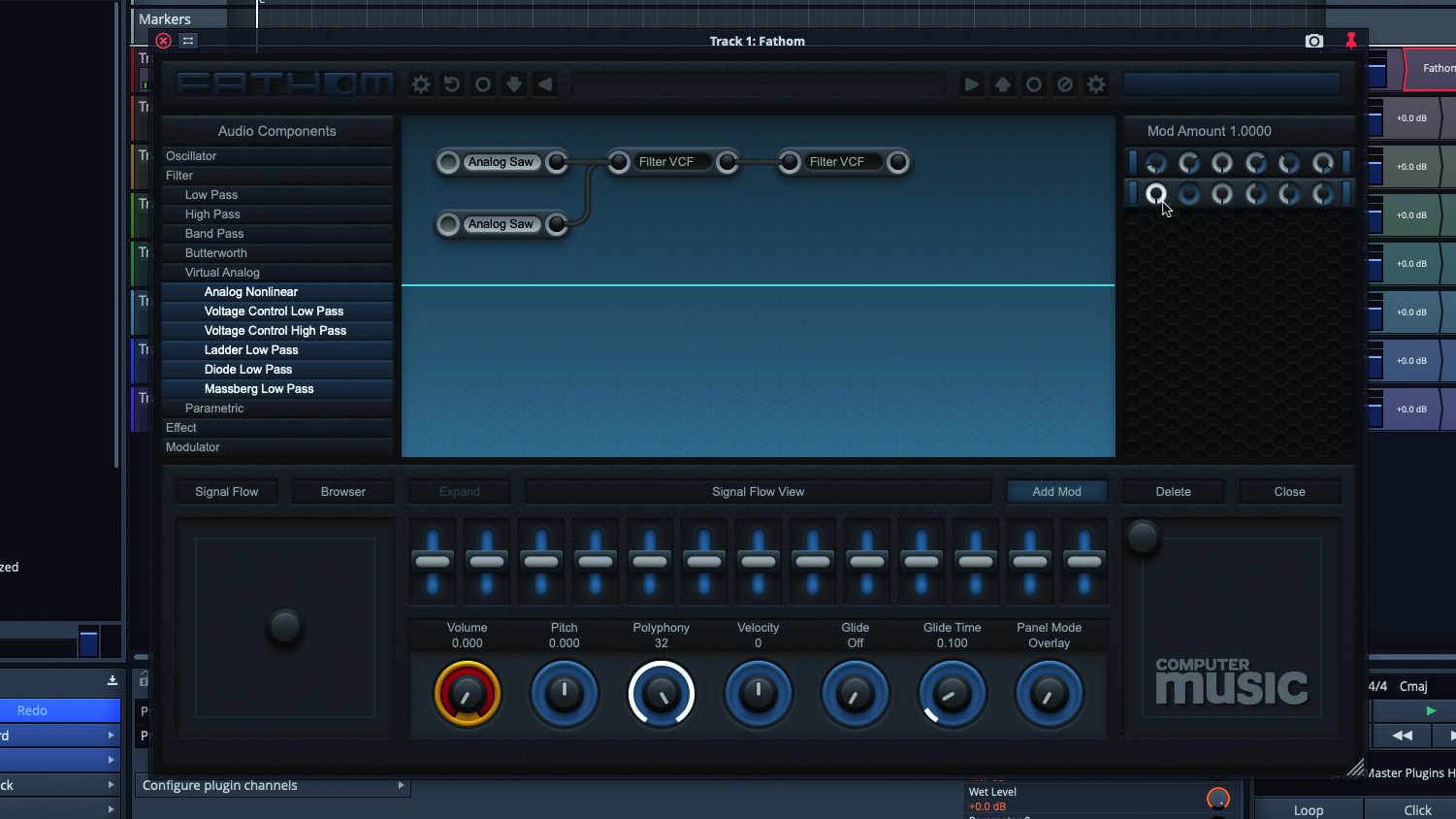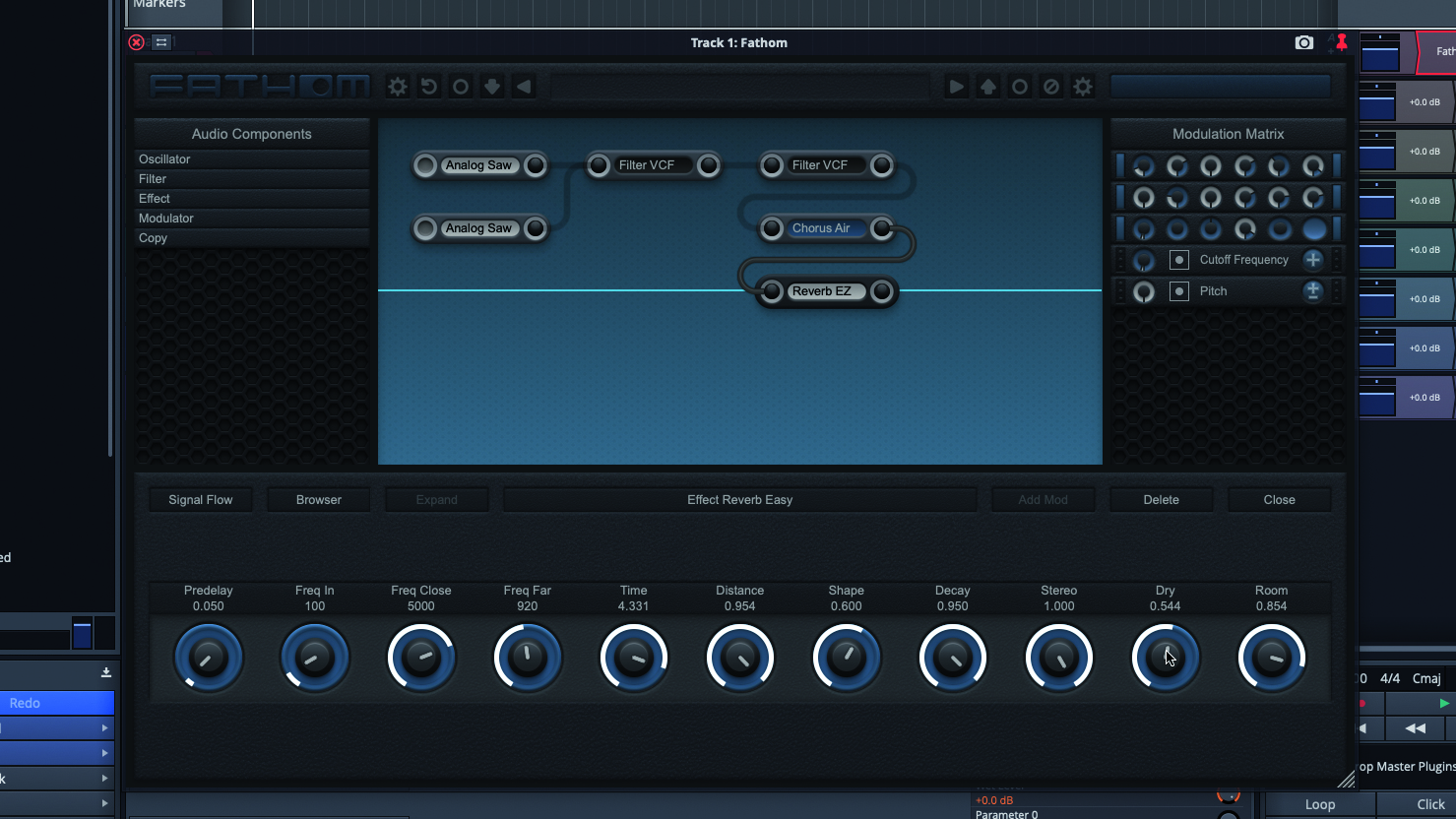The 40 greatest synth sounds of all time, No 1: Vangelis - Blade Runner Main Titles
We have a winner, and perhaps the CS-80 deserves an award, too
To say that Yamaha’s CS-80 synthesizer was vital to the success of Blade Runner may seem like an overstatement. Yet, it’s hard to imagine an instrument that has become more identified with a soundtrack on which it was used.
Indeed, there can be few dramatic films in which the soundtrack was as thoroughly embedded and as important to the mood as the lighting, set design, or even the dialogue.
By the time he’d been tapped to score Blade Runner, Greek musician Vangelis had led a storied career. As keyboardist for rock band Aphrodite’s Child, he’d recorded a classic of psychedelic art rock in the form of their LP, 666. As a solo artist, he’d created some of the most memorable film scores of the 1970s and kicked off the 1980s by winning an Oscar for his work on Chariots of Fire.
With his haunting score for Ridley Scott’s dystopian masterpiece Blade Runner, Vangelis crafted a sonic soundscape that perfectly described the loneliness and alienation of the futuristic cityscape and its denizens.
For his expansive and deeply emotional score, Vangelis (literally) leaned pretty heavily on the CS-80, an expansive and deeply expressive instrument.
Despite being nominated for a BAFTA and Golden Globe award, Vangelis’ original soundtrack was inaccessible for years, thanks to a dispute that resulted in him withholding its release. Fans settled for a recreation by recorded session musicians, named “New American Orchestra”. When the real deal finally emerged in 1994, it was incomplete, missing several cues that had appeared in the film.
Not that it really mattered much. By that point, the longing, wailing tones of Vangelis’ CS-80 had become indelibly etched into the (sub)cultural consciousness, and the CS-80 was inextricably linked to the film. So much so, in fact, that a popular hardware recreation was released as “Deckard’s Dream”, named after a scene in the film.
Want all the hottest music and gear news, reviews, deals, features and more, direct to your inbox? Sign up here.

Step 1: The iconic synthetic brass patch that sets the mood in Blade Runner is actually a simple sound that depends heavily on Vangelis’ performance and generous reverb. We’ll attempt a similar - albeit simplified - patch using Fathom CM. We’ve expanded the Oscillator category in the Audio Components section, then dragged in two Analog Saw modules from the Alias Free sub-category.

Step 2: We’ll open the Filters category of our Audio Components, and then the Virtual Analog sub-category. There, we find Voltage Controlled Low Pass and Voltage Controlled High Pass components. Drag one each into the patch. Run a cable from each Analog Saw module into the High-Pass filter, and then run a cable from the High Pass module to the Low Pass.

Step 3: Sounds pretty dull. Select a Sawtooth module to access its parameters in the lower section. Reduce the Pitch Octave to -1.0, and the Pitch Fine to -0.03. Click the Detune tab and activate the Detune switch. Now, click the other Sawtooth module and set its Pitch Fine to 0.03. Switch on Detune for this one, too. Things are starting to get a little livelier!

Step 4: Selecting the High Pass module, we’ll set the Cutoff Frequency to around 600, with Resonance at just under 1.90. In the Low Pass module, we’ll set the Cutoff to 24 and Resonance to 0.64. Key Track will be 0.272. Click/highlight the Cutoff Frequency knob, then click the Add Mod button. A new Modulator will be added on the right.

Step 5: Clicking Select Modulator, we’ll select ADSR Easy from the New Modulators. Its Mod Amount should be 0.19. Attack and Decay should be about 200, Sustain at 0.38, and Release nearly full. Click the Signal Flow tab and turn master Volume down. Select the knob and use Add Mod to add another ADSR Easy modulator. Set Mod Amount to full.

Step 6: Set this ADSR’s Attack to 20, Decay to 200, Sustain to 0.73, and Release to 232. Stick a Chorus Air component on the end, cranking up Depth and Feedback. Put a Reverb Component after the Chorus and raise its Decay Time, wet-to-dry mix. You should have a good start, but you should consider modulating Pitch and the Low-Pass cutoff with real-time controls.


Computer Music magazine is the world’s best selling publication dedicated solely to making great music with your Mac or PC computer. Each issue it brings its lucky readers the best in cutting-edge tutorials, need-to-know, expert software reviews and even all the tools you actually need to make great music today, courtesy of our legendary CM Plugin Suite.
